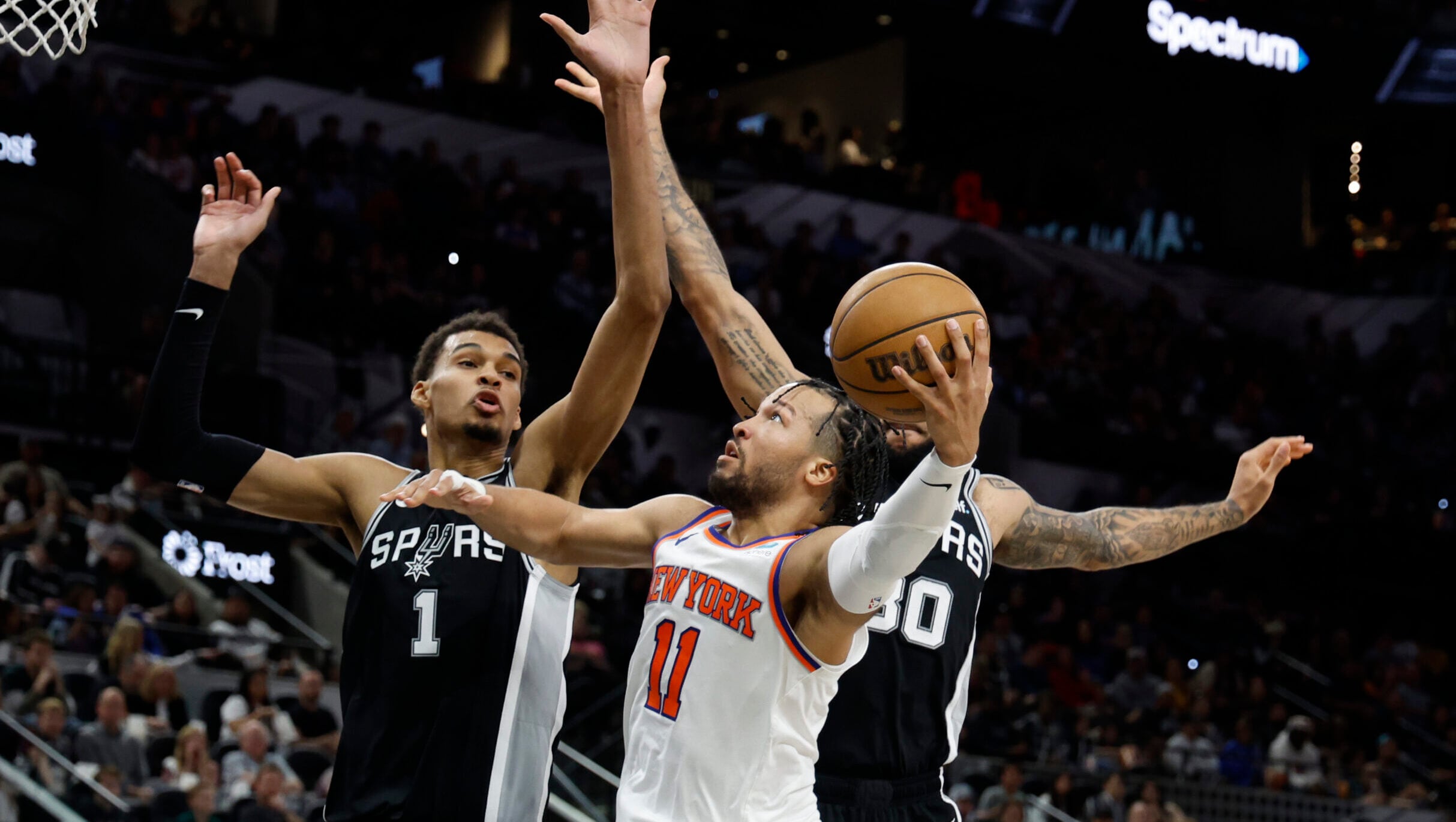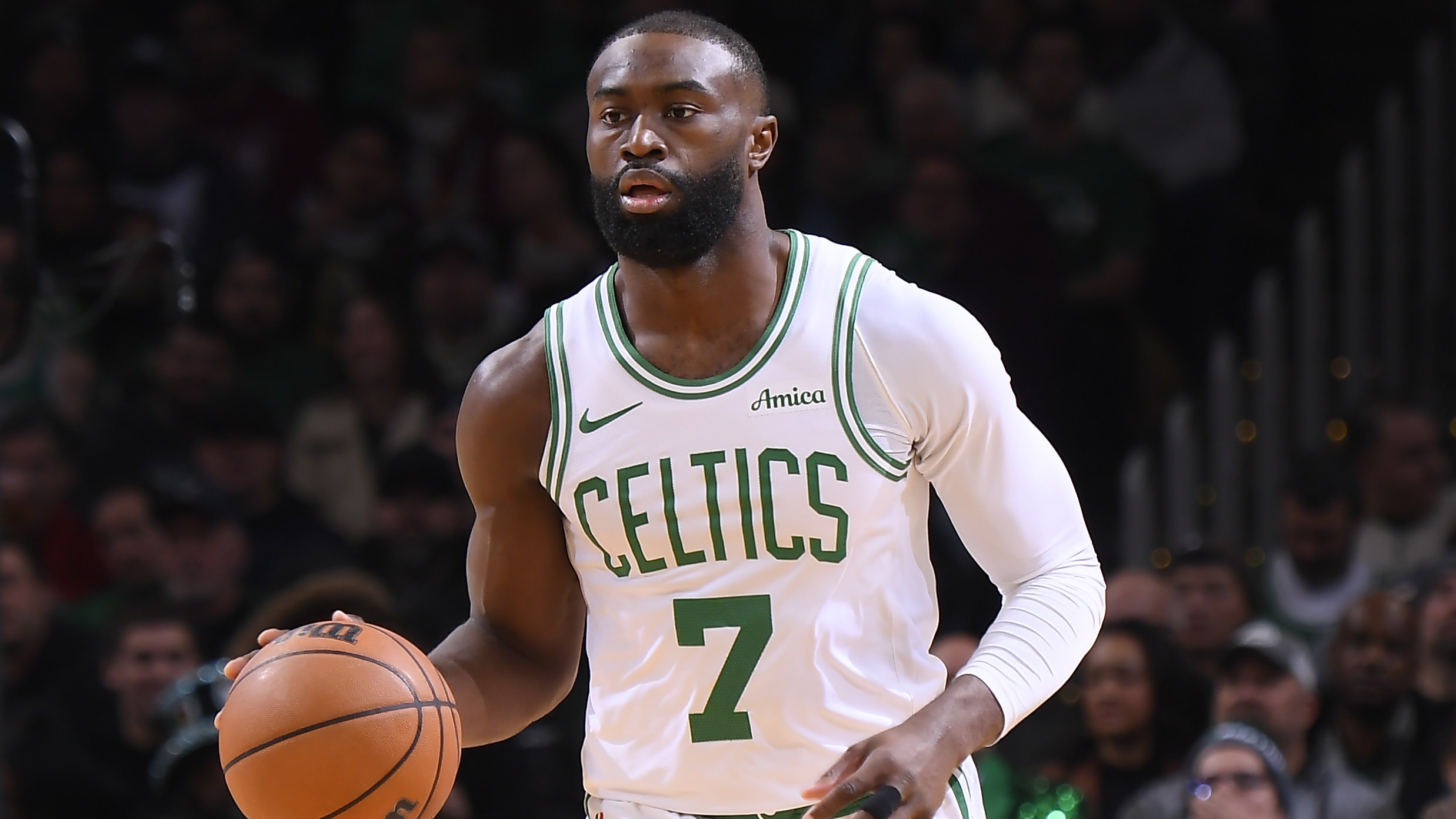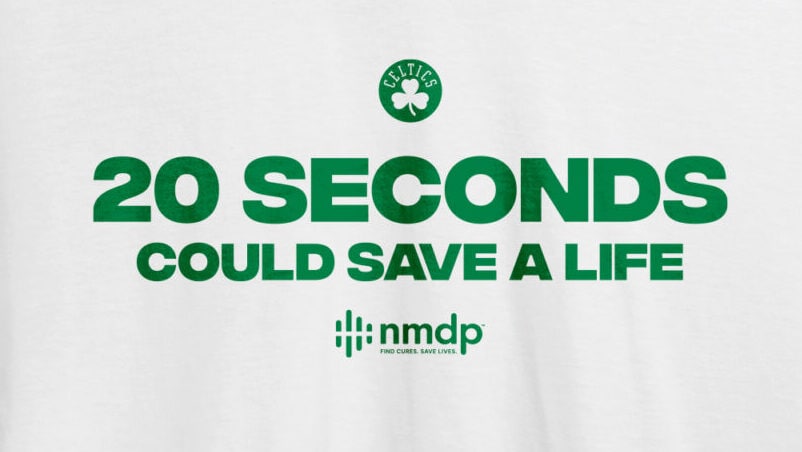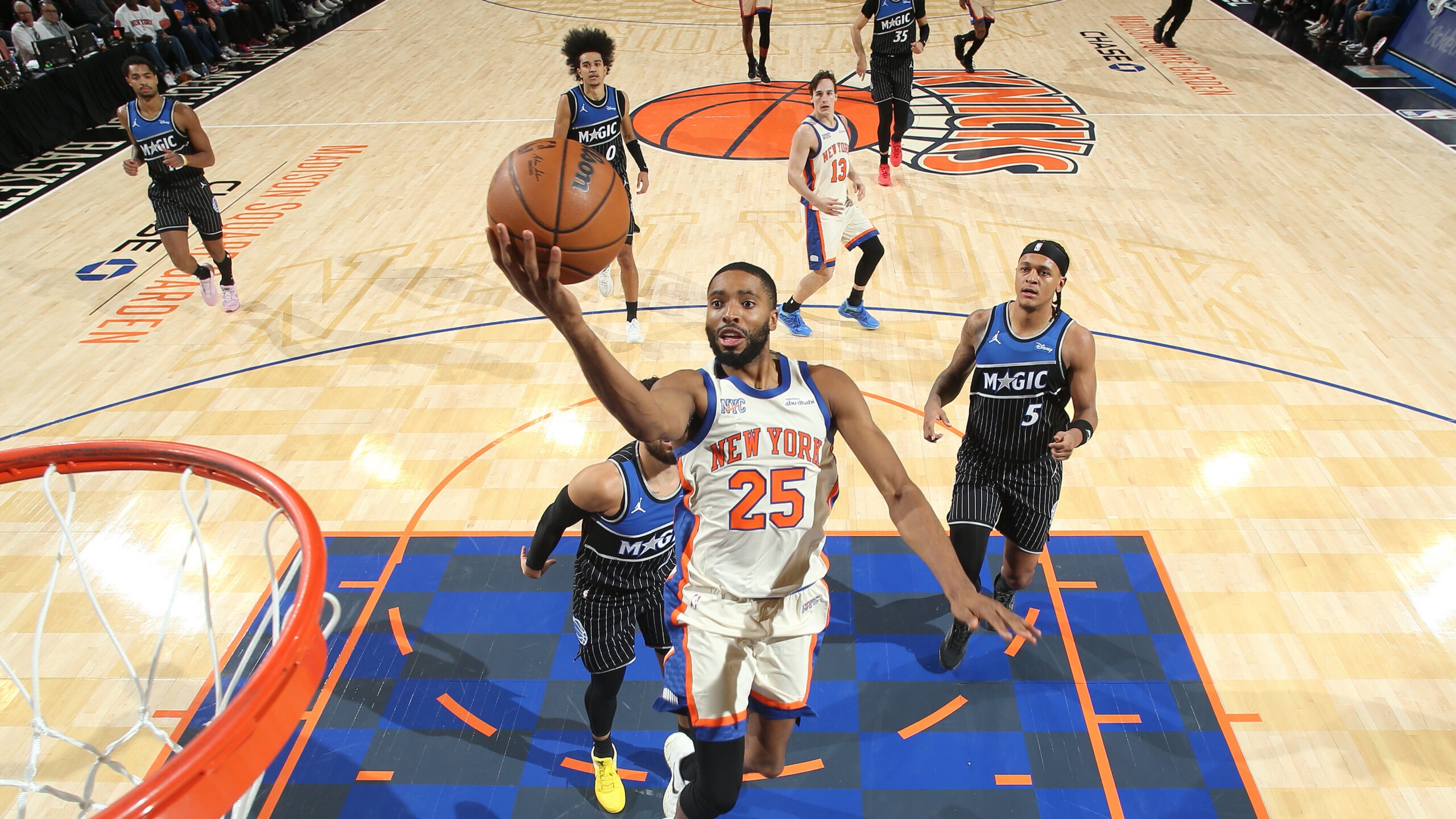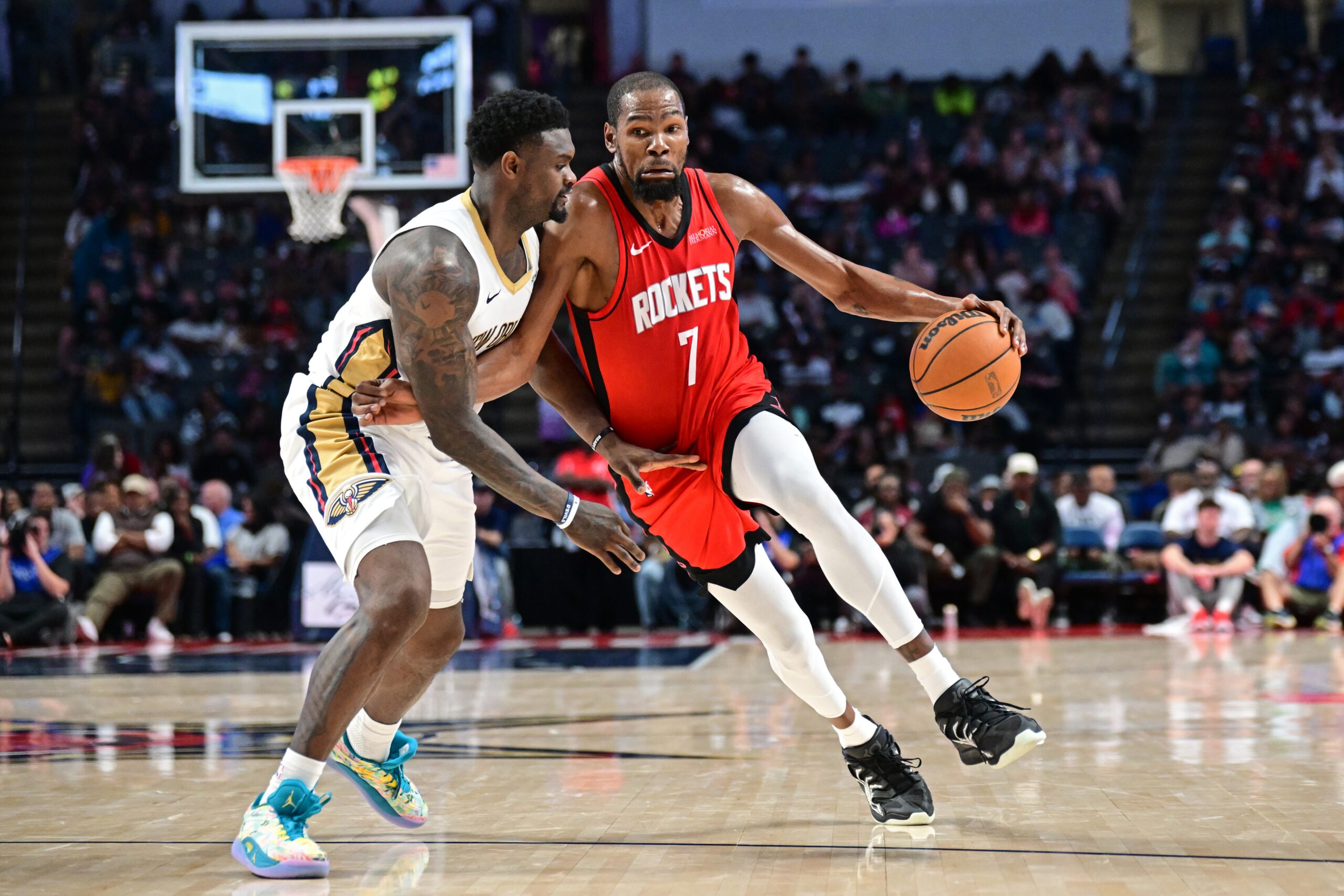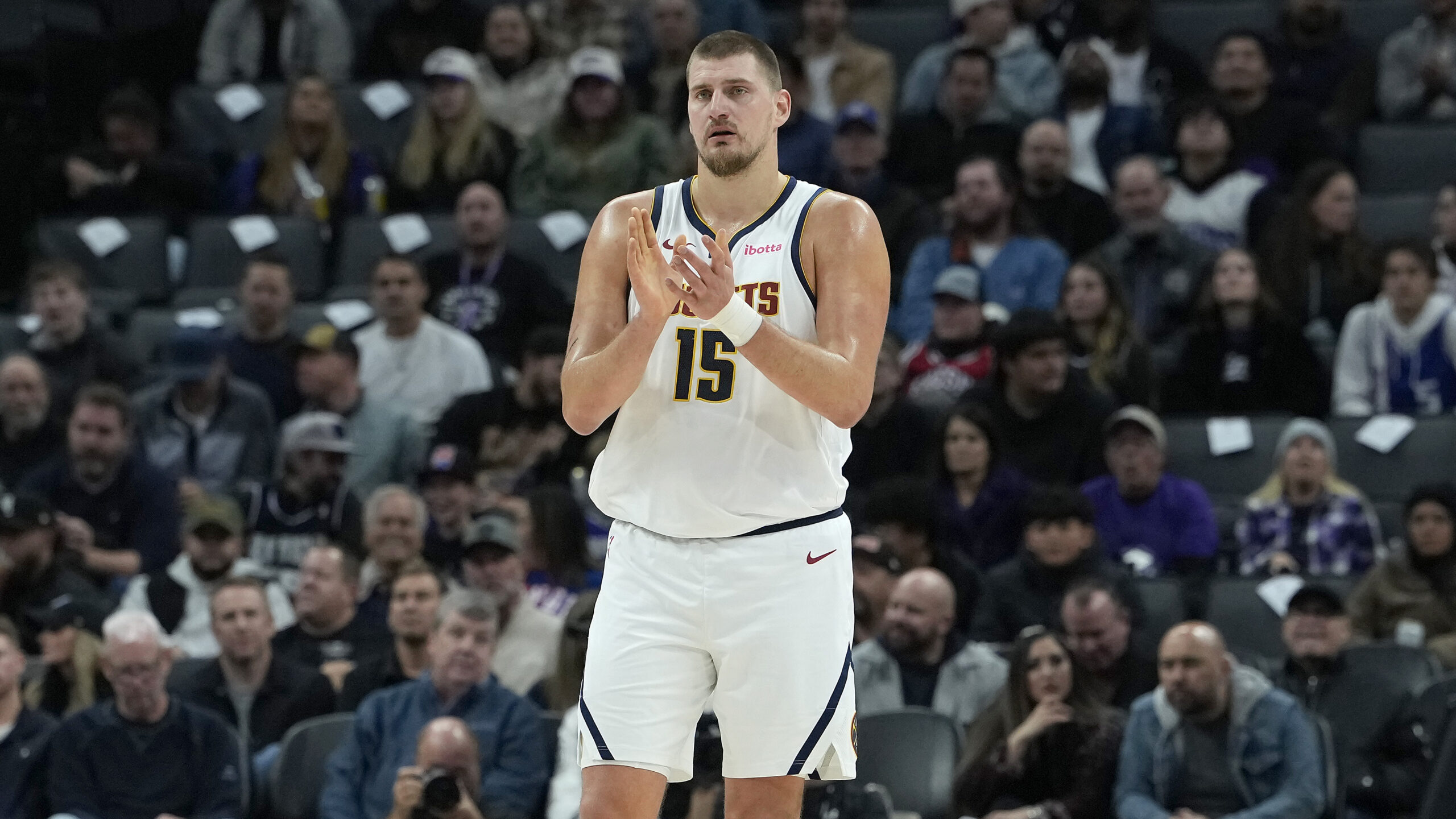
Victor Wembanyama (left) and Scoot Henderson (right) are the consensus top-2 prospects in the 2023 Draft.
Editor’s Note: For More of Jonathan Wasserman’s coverage of the 2023 Draft on Bleacher Report or to read this article on BleacherReport.com, click here.
(B/R) — The preseason 2023 NBA draft big board looks as promising as any recent ranking list to start November.
While most of the anticipation early has been over France’s star prospect, a special G League Ignite point guard and Overtime Elite’s marquee name, the incoming college basketball freshman class feels super strong as well.
Even the late teens and 20s include new names who seem capable of earning lottery grades by June.
But it’s also the returning players who could play a big role in boosting the 2023 class, as we’re seeing right now what Jaden Ivey, Keegan Murray and Bennedict Mathurin are doing for the 2022 rookie group.
Top 50 NBA Draft Prospect Big Board https://t.co/0GYiFMOmzU
— Jonathan Wasserman (@NBADraftWass) November 10, 2022
50. Eric Gaines (UAB, PG/SG, Junior)
Gaines has to improve his shooting, but it’s worth staying patient with such an explosive ball-handler who can break down a defense, play above the rim and force turnovers.
49. Kevin McCullar (Kansas, SG/SF, Senior)
A Texas Tech transfer, McCullar’s impact should be magnified on a title-contending Kansas team, and scouts could detect role-player potential tied to his passing and defense. Look for his three-point mark to rise now that he’ll be initiating less and seeing more rhythm threes.
48. DaRon Holmes (Dayton, PF/C, Sophomore)
Any signs of skill improvement, either with touch shots or jumpers, could push Holmes up boards, assuming he continues to finish at an elite level and block shots.
47. Trayce Jackson-Davis (Indiana, PF/C, Senior)
Though some may find Jackson-Davis’ game outdated, he still projects as a useful finisher and difficult post cover for his counters and ability to score with both hands.
46. Emoni Bates (Eastern Michigan, SF, Sophomore)
Bates has questions to answer about his maturity and decision-making, but an 18-year-old 6’9″ wing with a guard’s perimeter scoring package deserves some wiggle room. He’s a good enough shot-maker to help offset finishing problems caused by a thin frame and no explosion.
45. Jordan Hawkins (Connecticut, SG, Sophomore)
Breakout expectations are here for Hawkins, who earned them with athletic finishes and shot-making. He needs to improve as a creator, but he has a high release on his jumper and can soar above traffic with an open runway to the rim.
44. Nolan Hickman (Gonzaga, PG, Sophomore)

Nolan Hickman
Hickman takes over at point for Andrew Nembhard in a good spot to showcase his craftiness as a setup man and finisher. He was also a promising three-point shooter in high school, so there is a chance he’s able to prove that last year’s 30.8 percent mark was fluky.
43. Jalen Bridges (Baylor, SF, Junior)
West Virginia transfer Bridges should draw a lot more attention this year playing off Baylor’s creators and scorers. NBA teams could picture him excelling in the same supporting role for them—play-finishing with his athleticism, hitting catch-and-shoot threes and playmaking defensively.
42. Yohan Traore (Auburn, PF/C, Freshman)
Traore has developed into a legitimate shooting threat from the mid-range and three, an interesting development for a high-energy 6’10”, 225-pound big.
41. Trevon Brazile (Arkansas, PF/C, Sophomore)
Size, athleticism and motor will be behind most of Brazile’s production at both ends. Improved shooting confidence and coordinated face-up moves will earn him NBA looks. He’s a strong breakout candidate with a new, talented team, particularly based on what he showed during Arkansas’ exhibition tour overseas.
40. Kris Murray (Iowa, PF, Junior)
With Keegan gone, Kris is in a good spot to break out and build on the perimeter shot-making, drives past closeouts and defensive playmaking.
39. Jordan Walsh (Arkansas, SF/PF, Freshman)
Though it would be easier to buy Walsh’s pro potential if he was more threatening from three, scouts still figure to value his defense and versatility to face up and drive, connect in the mid-range and remain active around the rim.
38. Amari Bailey (UCLA, SG/SG, Freshman)
Though no one skill or strength jumps out with Bailey, he does offer intriguing versatility as an interchangeable guard or wing who can handle and pass and make shots from three levels.
37. Sidy Cissoko (G League Ignite, SG/SF, 2004)
Cissoko will build a case around versatility and a Swiss Army knife outlook, given his scoring limitations, 6’7″ size, secondary playmaking and defensive tools.
36. Coleman Hawkins (Illinois, PF/C, Junior)
One more leap as a shooter should put Hawkins in the draft discussion, given the chances that his defensive mobility, play-finishing and energy plays can carry over. He made 19 threes last season, an intriguing development for a 6’10”, switchable big.
35. Kyle Filipowski (Duke, PF, Freshman)
With Dereck Lively manning the middle at Duke, Filipowski has a chance to show off more perimeter offense with his handle, passing and three-ball. It’s also a role that could expose his limited athletic abilities for creating, finishing and defending.
34. Leonard Miller (G League Ignite, SF/PF, 2003)
Miller’s last handful of appearances for scouts have been mixed, but the 6’10” 18-year-old’s mistakes seem worth living with. The handle and wiggle to attack at his size remain appealing, while flashes of shot-making and defense suggest Miller can become a versatile scoring mismatch and two-way presence.
33. Marcus Sasser (Houston, SG, Senior)
Sasser is an outstanding shooter off the catch and dribble with a handle for creating separation and getting to spots. Showcasing more playmaking ability, so he’s labeled a combo and not an undersized scorer, will be key to securing first-round interest.
32. JJ Starling (Notre Dame, SG, Freshman)
Starling will plug right in for Blake Wesley and similarly attract attention for his athletic drives, three-level shot-making and playmaking flashes.
31. Jalen Wilson (Kansas, SF, Junior)
Though Wilson’s three-point shooting fell off last season, the 6’8″ wing shot 56.9 percent inside the arc and proved to be an effective transition scorer and driver because of his finishing. He shot the three better in Chicago at G League Elite camp, and bouncing back to hit more triples could make Wilson look like a more complete off-ball scoring prospect.
30. Jaime Jaquez Jr. (UCLA, SF, Senior)
At some point in the draft, scouts should live with Jaquez’s athletic limitations, assuming he shows his sophomore shooting numbers were more indicative than last year’s. At 6’7″, 225 pounds, he’s physically tough at both ends with a versatile skill set to attack, score from the post, hit tough shots and improvise.
29. Arthur Kaluma (Creighton, SF, Sophomore)
A 24-point game against Kansas in last year’s NCAA tournament, plus a pair of standout showings for Uganda at the African World Cup qualifiers, have Kaluma on breakout watch. With improved shooting, the combination of 6’7″ size, athleticism and shot-making could create three-and-D potential.
28. Adem Bona (UCLA, C, Freshman)
Bona is going to produce off his physical tools, athleticism and motor that should continue translating to easy baskets, putbacks and defensive playmaking at the NBA level.
27. Julian Strawther (Gonzaga, SF, Junior)
Strawther had scouts looking at him last year as a 6’7″ shooter and play-finisher. But now he’ll play a more featured role in Gonzaga’s offense, and signs of creation or more off-the-dribble scoring could lead to a major draft-stock spike.
26. Nikola Đurišić (Mega MIS, SG/SF, 2004)
Đurišić had a couple of strong performances in October before an illness and knee injury knocked him out. The 6’8″ 18-year-old possesses an appealing mix of positional size, shooting, passing IQ and feel for the game. Mega MIS right now is struggling, and Đurišić should have a green light upon his return. He did make 4-of-4 threes in an exhibition against Overtime Elite’s top players earlier this summer.
25. Rayan Rupert (New Zealand Breakers, SG/SF, 2004)
Rupert has cooled off after a strong start, though there is still optimism over his pull-up and spot-up shooting development. At 6’6″ with a 7’3″ wingspan, he’s an obvious three-and-D prospect for teams who miss on the perceived higher-upside lottery names.
24. Jalen Hood-Schifino (Indiana, PG/SG, Freshman)
A 6’6″ ball-handler, Hood-Schifino should generate buzz with his craftiness, IQ and skill level with passes and touch shots. Scouts should see a guard who can make teammates better. He’ll start moving up boards quickly if he can hide some athletic limitations with tough finishes and mid-range shots and show more range than he did at Montverde.
23. Julian Phillips (Tennessee, SF, Freshman)
Phillips may not have a high-usage role at Tennessee, but his 6’8″ size, shooting and off-ball scoring should still pop to scouts. Given his two-way skills, fit and age, scouts won’t be concerned with his production.
22. Tyrese Proctor (Duke, PG/SG, Freshman)
Smooth with his handle and shooting, Proctor should earn fans for his versatility, efficiency and decision-making. Even with Jeremy Roach expected to run the show, the 6’5″ 18-year-old Aussie should have enough on-ball reps to show off his improved self-creation and playmaking IQ.
21. Maxwell Lewis (Pepperdine, SG, Sophomore)
Before an injury cut Lewis’ freshman season short, he’d put together a handful of big scoring efforts that highlighted impressive athletic ability and shot-making for a 6’7″ freshman wing. With his tools, self-creation and shooting, he’ll look like a surefire pro by consistently scoring.
20. Dillon Mitchell (Texas, PF, Freshman)
Though Mitchell doesn’t offer creation or shooting, he still impacts games just by tapping into his quickness, leaping and coordination for finishing, putbacks and defensive playmaking. How much touch he shows around the paint, and whether some high school passing flashes carry over, should determine whether he’s more of a lottery prospect or a mid-to-late first-rounder.
19. Chris Livingston (Kentucky, SF, Freshman)
At 6’6″, 220 pounds, Livingston has the frame and shooting range of a first-round, three-and-D prospect. Though not projected to create often, he does have a translatable, spot-up scoring skill set to catch and shoot, attack closeouts and finish through contact on drives.
18. Jett Howard (Michigan, SG/SF, Freshman)
Howard’s shooting and overall shot-making versatility for a 6’8″ wing should quickly jump out. With a solid burst, he should also be able to mix in an adequate amount of slashing and driving to add to his off-ball scoring repertoire.
17. Anthony Black (Arkansas, PG/SG, Freshman)
Able to make a team better without scoring, Black will build a case around passing, defensive IQ and the versatility to play-make, finish off the ball and guard multiple positions at 6’6″. He’ll fill the Scottie Barnes, Franz Wagner, Dyson Daniels archetype that teams seem high on.
16. Kel’el Ware (Oregon, C, Freshman)
Ware’s translatable finishing and shot-blocking tools create a high floor, but it’s his shooting development that could push him toward the top 10. At 7’0″, 210 pounds, scouts should have a higher comfort level with Ware if they’re optimistic about his potential to use touch outside the paint.
15. Gradey Dick (Kansas, SG/SF, Freshman)
Dick looks ready to build a case as the freshman class’s top shooter. He isn’t the most advanced self-creator, but at 6’8″ with outstanding shot-making skill and IQ, he’s built for off-ball scoring at the NBA level.
14. Terquavion Smith (North Carolina State, SG, Sophomore)

Terquavion Smith
After burying 96 threes as a freshman and averaging 19.8 points over his last 11 games, Smith feels poised for a big scoring season. NBA teams will picture an instant-offense shot-maker, though improving his finishing and playmaking should raise scouts’ confidence to another level.
13. Jarace Walker (Houston, PF, Freshman)
Walker looks like a pro physically at 6’8″, 235 pounds. And his strength and athleticism are selling points to his contact finishing and defense. Still, it’s the versatility to handle, pass and hit tough two-point jumpers that will draw widespread NBA interest. We’ll be in wait-and-see mode when it comes to his three-point shooting, which wasn’t a core strength at IMG Academy.
12. Dereck Lively (Duke, C, Freshman)
At 7’1″, 230 pounds, Lively should look like a plug-and-play finisher and rim protector for NBA coaches. The draft order figures to play a big role in where he goes, as lottery teams with quality centers won’t need a second. Still, he should be the first true 5 off the board, especially if he gives Duke post scoring while occasionally flashing his three-point range.
11. Ausar Thompson (Overtime Elite, SF, 2003)
Thompson should have a case as the draft’s top athlete, and at this point, quickness, bounce and coordination are behind most of his effectiveness and production. He doesn’t project as a 2023-24 Rookie of the Year contender, but even at 19 years old, it seems like he could still contribute by earning easy baskets, shadowing opposing wings and covering ground defensively.
His shooting needs to improve, but he’s a capable shot-maker once his confidence starts pumping, while self-creation flashes into drives and pull-ups point to a two-way scoring wing archetype.
10. GG Jackson (South Carolina, PF, Freshman)
Jackson will generate much of his offense off physical and athletic plays, though it’s the flashes of perimeter skill that could help draw top-10 interest. At 6’9″, 215 pounds, he’s likely to be the draft’s youngest prospect and a big who can handle in the open floor, catch-and-shoot and potentially hit some dribble jumpers when given room.
9. Keyonte George (Baylor, SG, Freshman)
George looks like a surefire college and pro scorer based on his driving strength, shooting versatility and history of catching fire. He could stand to improve his in-between game and finishing, but his shot-making, ability to penetrate and defensive toughness should keep demand high through the season and predraft process. With Adam Flagler and LJ Cryer in the fold, it’s also a good chance for George to put an emphasis on working on his playmaking.
8. Brandon Miller (Alabama, SF, Freshman)
It’s easy to detect upside in an athletic 6’9″ wing with the perimeter skill to self-create and shoot off the dribble. Though it felt like Miller would have a “project” label as a freshman, he led Alabama in scoring during its overseas summer exhibition tour.
Consistency figures to determine his draft stock and how far away he is from giving an NBA lineup a reliable scoring option. But he seems closer than expected, particularly if he continues to look comfortable from three. If the flashes of passing and defense show up regularly, Miller should be headed for the 2023 lottery.
7. Dariq Whitehead (Duke, SG/SF, Freshman)
Whitehead looks the part of an NBA scoring wing with 6’6″ size, an expanding jumper game and improving three-point consistency. Experience playing off the ball, as well as starring in a lead role for Montverde, should suit him well this year on Duke’s loaded roster. Once he eventually returns from a foot injury, avoiding questions about shot selection and shooting legitimacy will be keys to Whitehead staying locked into the top-10 mix.
6. Cason Wallace (Kentucky, PG/SG, Freshman)
Wallace’s identity will revolve around pesky defense. But he’s also a well-rounded offensive player, capable of playmaking from the 1 and scoring from three levels with a threatening three-ball and sharp pull-up and floater games.
He just won’t wow with any physical or athletic trait. Otherwise, his skill versatility, defense and mentality should allow Wallace to look like an easy fit who impacts winning.
5. Cam Whitmore (Villanova, SF, Freshman)
Signs of improved shooting have raised Whitmore’s stock. Skill development aside, at 6’7″, 232 pounds, his combination of size, power and explosiveness forms an outstanding foundation, high floor and incredible weapon for transition scoring and finishing.
He also shot 10-of-22 from three at the U18 Americas Championship in Tijuana, where he won MVP after a 30-point outburst against Brazil in the gold-medal game. We’ll see how a thumb injury and time on the shelf affect his rhythm upon returning for Villanova (whenever that may be), but there is enough film to project Whitmore near the top five, particularly given the gradual improvement to his handle and shot.
4. Nick Smith (Arkansas, PG/SG, Freshman)
A high skill level for creation, shot-making and playmaking should help scouts see an interchangeable, NBA guard in Smith. He compensates for limited explosion with ball-handling counters, footwork, changing speeds, finishing craft and touch. The eye test buys his shooting off the catch and dribble. His decision-making and facilitating require further evaluation, but neither seem worrisome enough to seriously worry scouts.
3. Amen Thompson (Overtime Elite, PG/SG, 2003)
For a 6’7″ playmaker, unbeatable levels of quickness and bounce should help scouts look past Thompson’s shooting struggles. Between his first step, shiftiness, handle and footwork off the dribble, he gets to any spot he wants. And given his passing skill, he’s a creation machine for teammates.
A limited perimeter game likely keeps Thompson from cracking the top two, but everything about his special transition scoring, playmaking and defensive speed appear translatable.
2. Scoot Henderson (G League Ignite, PG, 2004)
Henderson’s 25 points and seven assists in Ignite’s opener could be a regular line for the second-year G-Leaguer.
While his effectiveness is predicated on ball-handling for change of direction and explosiveness to blow by and finish, his dribble jumper game and passing have become significant threats.
In limited action so far, Henderson has looked confident stepping into pull-ups while showing an easy ability to rise and separate from his defender. Decision-making has been his biggest issue, something that showed in Ignite’s second game when he forced too many contested two-pointers (25 points on 28 shots).
1. Victor Wembanyama (Metropolitans 92, PF/C, 2004)
The outrageous highlights and stat lines keep coming from Wembanyama. He already had scouts convinced after a pair of exhibition games in Las Vegas, but Friday’s 33-point, 12-rebound, four-assist, three-block showing helped further strengthen his “Best prospect since LeBron James” case.
Considering how fluid he consistently looks handling the ball, creating for himself and shooting off the dribble—plus the fact that he’s seemingly adding to his game as he gets more comfortable—nothing about the Vegas exhibition performances seems fluky.
Worrying about his physicality or rebounding numbers just feels like nitpicking. We’re on board with the idea that he’s on an NBA MVP track with good health.
* * *
Jonathan Wasserman is the lead scout and NBA Draft analyst for Bleacher Report. You can follow him on Twitter.
The views on this page do not necessarily reflect the views of the NBA, its clubs or Warner Brothers Discovery.




